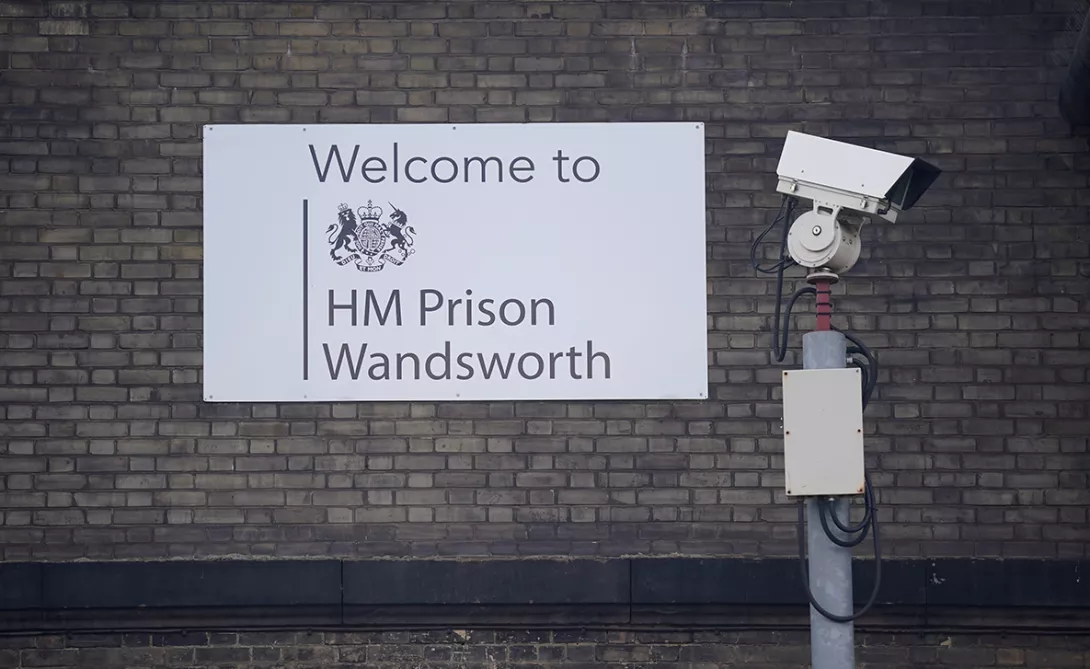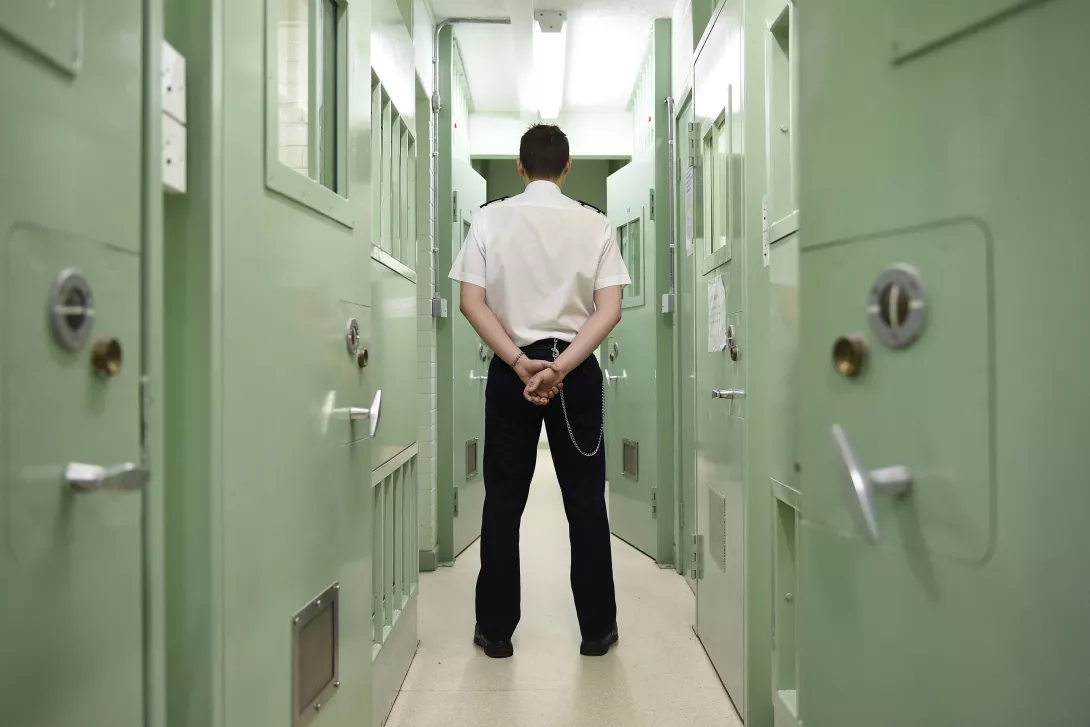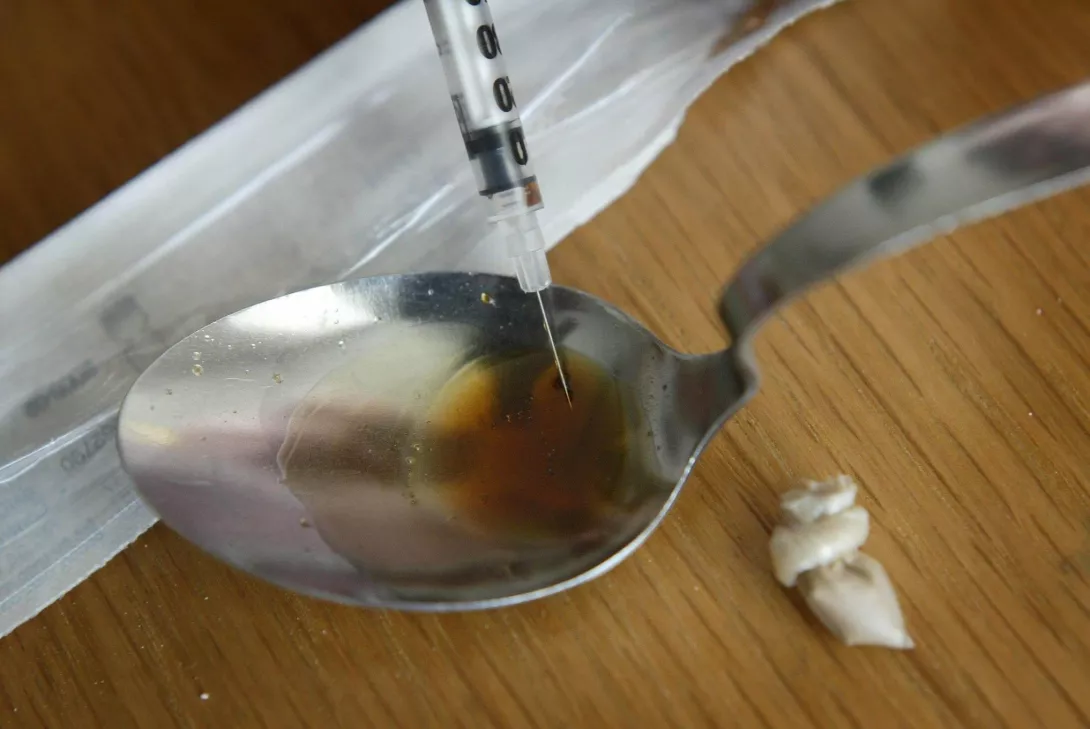Grim picture of violence and self-harm found at Lewes prison
A GRIM picture of violence, drug use, self-harm and lack of purpose has been exposed at yet another prison by inspectors.
A damning report on HMP Lewes in East Sussex follows last week’s exposure of drugs, violence and understaffing at HMP Wandsworth in London.
Inspectors at Lewes prison, where more than half the occupants are remanded awaiting trial, found it “battling rising violence, self-harm, drugs and a churn of men caught in a cycle of homelessness and offending.”
More from this author
Similar stories
















